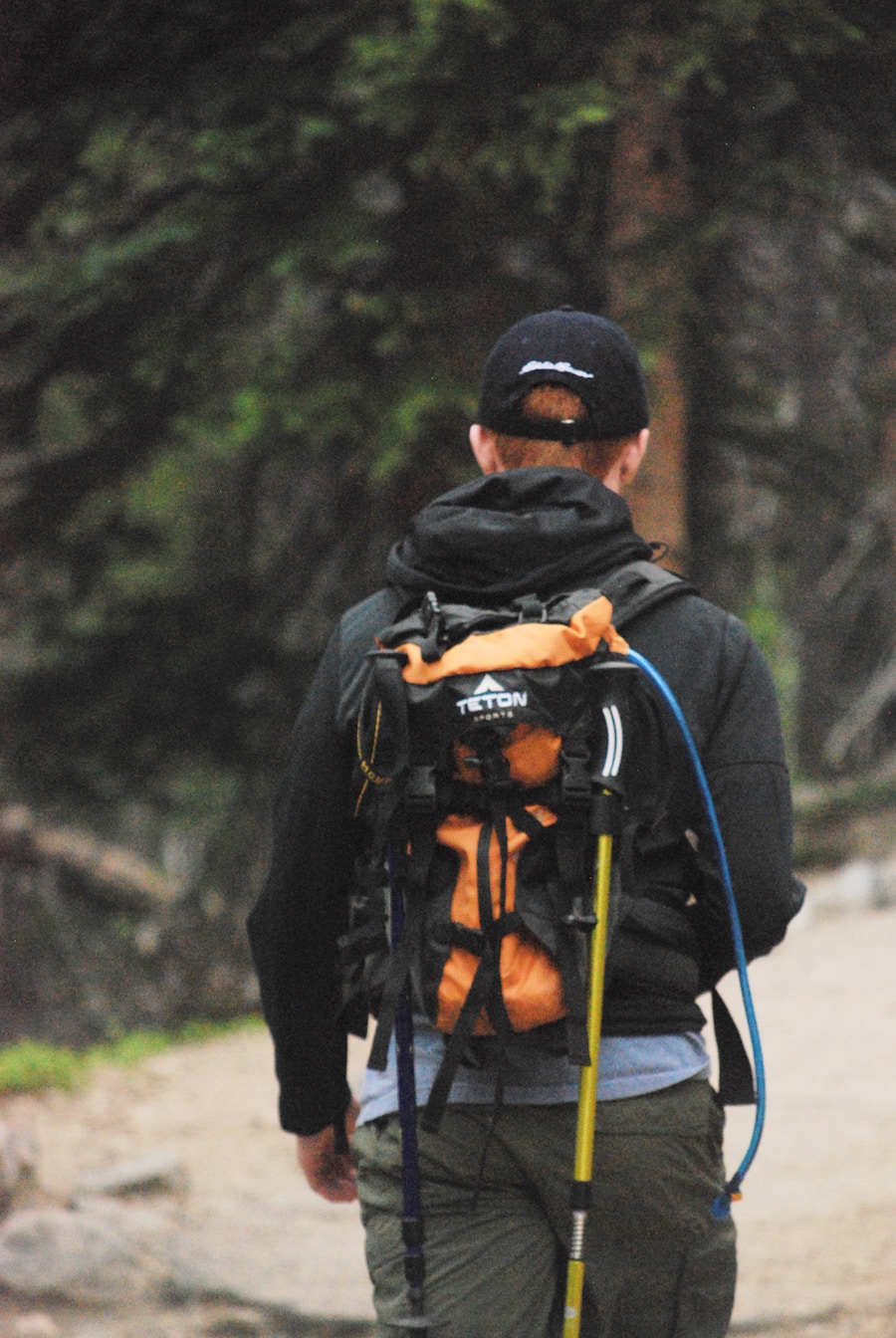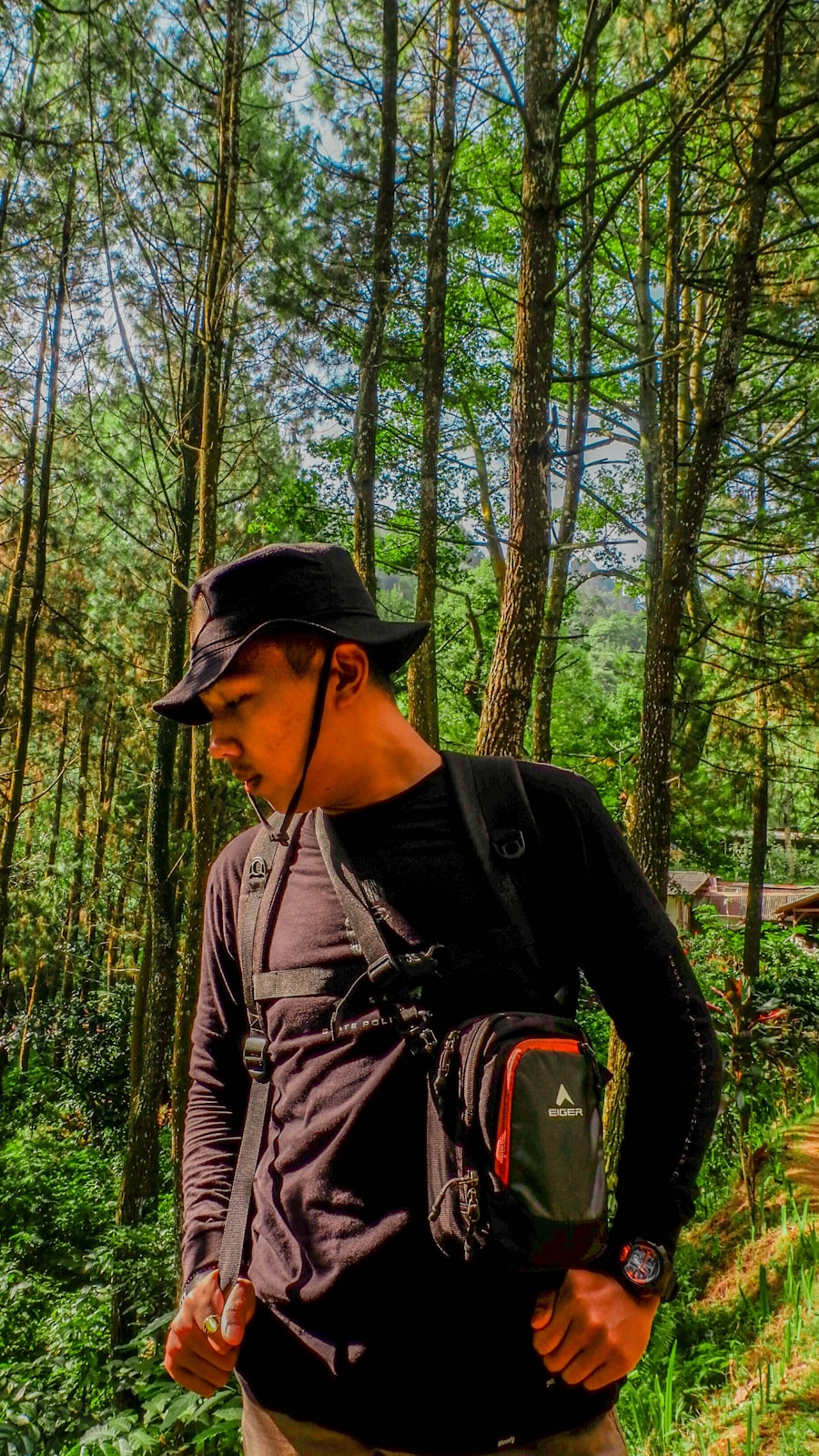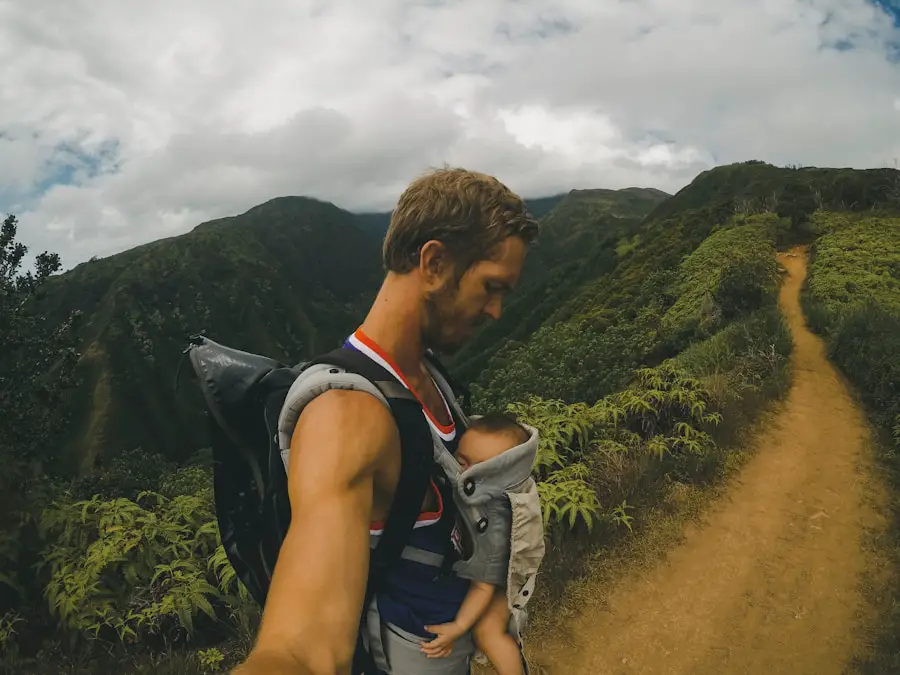Selecting the appropriate camera strap is a fundamental step in ensuring both comfort and security while you’re out capturing images. The market offers a plethora of options, ranging from traditional neck straps to more innovative designs like sling straps and wrist straps. Each type has its own set of advantages and disadvantages, making it essential to consider your shooting style and the weight of your camera gear.
For instance, if you frequently shoot for extended periods, a padded neck strap can alleviate pressure on your shoulders, distributing the weight more evenly. Conversely, if you prefer a more compact setup, a wrist strap may provide the necessary security without the bulk. Beyond comfort, the material and design of the strap can significantly impact your shooting experience.
Straps made from durable materials such as nylon or leather not only offer longevity but also provide a level of grip that can prevent accidental slips. Some straps come equipped with quick-release mechanisms, allowing you to detach your camera swiftly when needed. This feature can be particularly useful in dynamic shooting environments where you need to transition quickly between different setups.
Ultimately, the right camera strap should enhance your ability to shoot freely while ensuring that your equipment remains secure.
Key Takeaways
- Choose a camera strap that is comfortable and adjustable for long periods of use
- Properly secure your camera with a reliable locking mechanism to prevent accidental drops
- Consider using a camera clip or holster for quick and easy access to your camera
- Protect your camera from the elements with a weatherproof cover or case
- Adjust your camera gear for comfort by using padded straps and ergonomic designs
Properly Securing Your Camera
Once you have chosen a suitable camera strap, the next step is to ensure that your camera is properly secured. This involves not only attaching the strap correctly but also understanding how to balance your camera’s weight effectively. When attaching the strap, it’s crucial to check that it is fastened securely to both sides of the camera body.
Many cameras come with designated attachment points that are designed to withstand the weight of the camera and lens combination. Failing to secure these points properly can lead to accidents, potentially damaging your equipment or causing injury. In addition to securing the strap, consider how you carry your camera when not in use.
Many photographers adopt a habit of keeping their cameras close to their bodies, which minimizes the risk of dropping them. If you’re using a sling strap, adjust it so that the camera rests comfortably against your hip or side, allowing for quick access while maintaining stability. For those who prefer a more traditional neck strap, ensure that it is adjusted to a length that allows for easy maneuverability without being too loose.
This attention to detail in securing your camera can make a significant difference in your overall shooting experience.
Utilizing a Camera Clip or Holster

Incorporating a camera clip or holster into your gear setup can greatly enhance your efficiency and accessibility while shooting. These accessories allow you to attach your camera securely to your belt or bag, keeping it readily available without the need for cumbersome straps. A well-designed camera clip can hold your camera firmly in place while allowing for quick release when you need to capture an image.
Protecting Your Camera from the Elements
| Element | Protection Method |
|---|---|
| Water | Waterproof camera housing or rain cover |
| Dust | Camera bag with dust-proof compartments |
| Extreme Temperatures | Insulated camera bag or protective camera wrap |
| Sand | Camera sleeve or protective camera skin |
Weather conditions can be unpredictable, and protecting your camera from rain, dust, and extreme temperatures is crucial for maintaining its functionality and longevity. Investing in weather-sealed equipment is one way to safeguard against the elements; many modern cameras and lenses come with built-in weather resistance that can withstand light rain and humidity. However, even with weather-sealed gear, additional protection is often necessary when facing harsher conditions.
Using a rain cover or waterproof bag can provide an extra layer of security for your camera during inclement weather. These covers are designed to fit snugly over your equipment while allowing access to controls and viewfinders. For photographers who frequently shoot in challenging environments, such as beaches or deserts, consider using lens filters to protect against sand and saltwater damage.
Additionally, keeping silica gel packets in your camera bag can help absorb moisture and prevent condensation inside your gear. By taking proactive measures to protect your equipment from environmental factors, you can ensure that it remains in optimal condition for years to come.
Adjusting Your Camera Gear for Comfort
Comfort is paramount when it comes to photography, especially during long shoots or when navigating challenging terrains. Adjusting your camera gear for optimal comfort involves more than just selecting the right strap; it also includes configuring your setup to suit your body type and shooting style. Start by evaluating the weight distribution of your gear—if you’re carrying multiple lenses or accessories, consider using a modular system that allows you to balance the load effectively.
Another aspect of comfort is ensuring that all components of your gear are easily accessible without causing strain. For instance, if you frequently switch between lenses, having them organized in a way that allows for quick changes can save time and reduce frustration. Additionally, consider using padded bags or harnesses that distribute weight evenly across your body rather than concentrating it on one area.
This not only enhances comfort but also allows you to focus on capturing images rather than adjusting your gear constantly.
Being Mindful of Your Surroundings

As a photographer, being aware of your surroundings is essential for both safety and creativity. When out in public spaces or natural environments, it’s important to remain vigilant about potential hazards that could damage your equipment or pose risks to yourself and others. For example, crowded areas may present challenges such as bumping into people or having someone inadvertently knock into your gear.
Maintaining a safe distance from others while still capturing compelling shots can require practice and situational awareness. Moreover, being mindful of environmental factors such as wildlife or unstable terrain is crucial when shooting outdoors. If you’re photographing in areas known for wildlife activity, ensure that you maintain a safe distance from animals and respect their habitats.
Additionally, be cautious of uneven ground or slippery surfaces that could lead to falls or accidents with your equipment. By cultivating an awareness of both social and environmental dynamics while shooting, you can create a safer experience for yourself and those around you.
Taking Advantage of Quick Access Pockets
Incorporating quick access pockets into your photography setup can significantly enhance efficiency during shoots. These pockets are designed to hold essential items such as memory cards, batteries, and lens caps within easy reach, allowing you to focus on capturing images rather than rummaging through bags or cases. Many camera bags come equipped with specialized compartments that are easily accessible without having to remove the bag entirely.
When organizing quick access pockets, consider prioritizing items based on frequency of use. For instance, if you often switch lenses during shoots, keep lens caps and cleaning cloths readily available in these pockets. Additionally, having spare batteries and memory cards on hand can prevent interruptions during critical moments when you need to capture an image quickly.
By strategically utilizing quick access pockets, you can streamline your workflow and ensure that essential items are always within reach.
Considering a Camera Backpack
A well-designed camera backpack can be an invaluable asset for photographers who need to transport their gear comfortably and securely over long distances or varied terrains. Unlike traditional shoulder bags or messenger bags, backpacks distribute weight evenly across both shoulders, reducing strain during extended periods of wear. This ergonomic design is particularly beneficial for outdoor photographers who may find themselves hiking or walking significant distances while carrying their equipment.
When selecting a camera backpack, look for features such as customizable compartments that allow you to organize your gear according to personal preference. Many backpacks also include padded dividers that protect individual pieces of equipment from impact during transit. Additionally, consider options with external attachment points for tripods or other accessories that may not fit inside the main compartment.
A well-constructed camera backpack not only protects your gear but also enhances mobility and comfort during shoots, making it an essential consideration for any serious photographer looking to elevate their craft.
When hiking, it’s important to have the right gear to capture all the beautiful moments along the way. One essential item to bring is a reliable camera. To ensure you can easily access your camera while on the trail, consider investing in a camera strap that allows for quick and convenient access. For more tips on how to carry your camera while hiking, check out this article on
